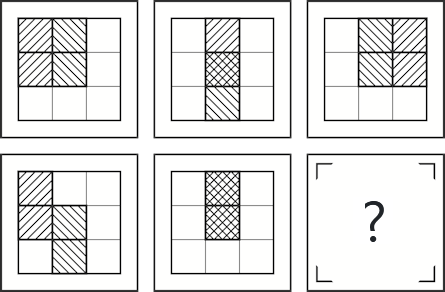The Grade Point Average (GPA) is a widely recognized grading system in the United States and many other countries. However, many other countries around the world utilize various grading systems, each with its unique characteristics and methods of evaluation. In this blog post, we’ll explore how GPA compares with grading systems around the world.
The United States: GPA
The GPA system in the U.S. ranges from 0 to 4.0, with 4.0 representing the highest possible grade. It is calculated by assigning a point value to each letter grade (A, B, C, D, F), averaging the points earned in each class, and then dividing by the total number of credit hours. Weighted GPAs are also used in some cases, where honors or advanced courses carry additional weight, resulting in a higher GPA for those who excel in these more challenging classes.
READ: Guide to understanding GPA
United Kingdom: Degree Classifications
The grading system in the UK uses degree classifications for higher education, typically ranging from First Class Honours (highest) to Third Class Honours (lowest). These classifications are based on a student’s overall percentage or average marks obtained throughout their course of study. While there isn’t a direct equivalent to GPA, these classifications can give a general indication of a student’s academic performance.
Germany: Numerical Grading System
Germany uses a numerical grading system ranging from 1.0 (best) to 5.0 (worst). A passing grade is typically 4.0 or better. This system is somewhat similar to the GPA system in the U.S., but the numerical values are reversed, with lower numbers indicating better performance.

France: 20-Point Grading Scale
In France, a 20-point grading scale is used, with 20 being the highest possible score and 0 being the lowest. A score of 10 or higher is generally considered a passing grade. While it may seem similar to the percentage-based grading system, it is crucial to note that very few students ever achieve a perfect score of 20, and a grade of 15 is considered excellent.
Canada: Percentage and GPA Systems
Canada’s grading system varies by province and institution, with some using percentage-based systems while others use a GPA scale similar to the U.S. However, even within the GPA system, scales may vary, with some institutions using a 9-point scale or a 4.33 scale instead of the 4.0 scale commonly used in the U.S.
READ: GPA Calculators, top tools and resources to keep your grades in check
India: Percentage and CGPA Systems
Indian grading systems are quite diverse and can vary by institution and educational level. The percentage system, where students’ performance is evaluated based on the percentage of total marks obtained, is prevalent. However, some institutions use the Cumulative Grade Point Average (CGPA) system, a 10-point scale, where each letter grade is assigned a specific point value, similar to the GPA system in the U.S.
Australia: Grade Point Average
Australian universities use a Grade Point Average system, similar to the U.S., but with some variations in the grading scale. The scale ranges from 0 to 7, with 7 representing the highest possible grade. Australian institutions may also use a High Distinction, Distinction, Credit, and Pass system, which can be converted into a GPA.
Conclusion
Grading systems around the world are diverse, reflecting different educational philosophies and traditions. While the GPA system is widely used in the United States, other countries have unique grading scales and methods of evaluating student performance. Understanding these differences can be crucial for international students or those considering studying abroad. Thus, how GPA compares with grading systems around the world deserves your attention.


